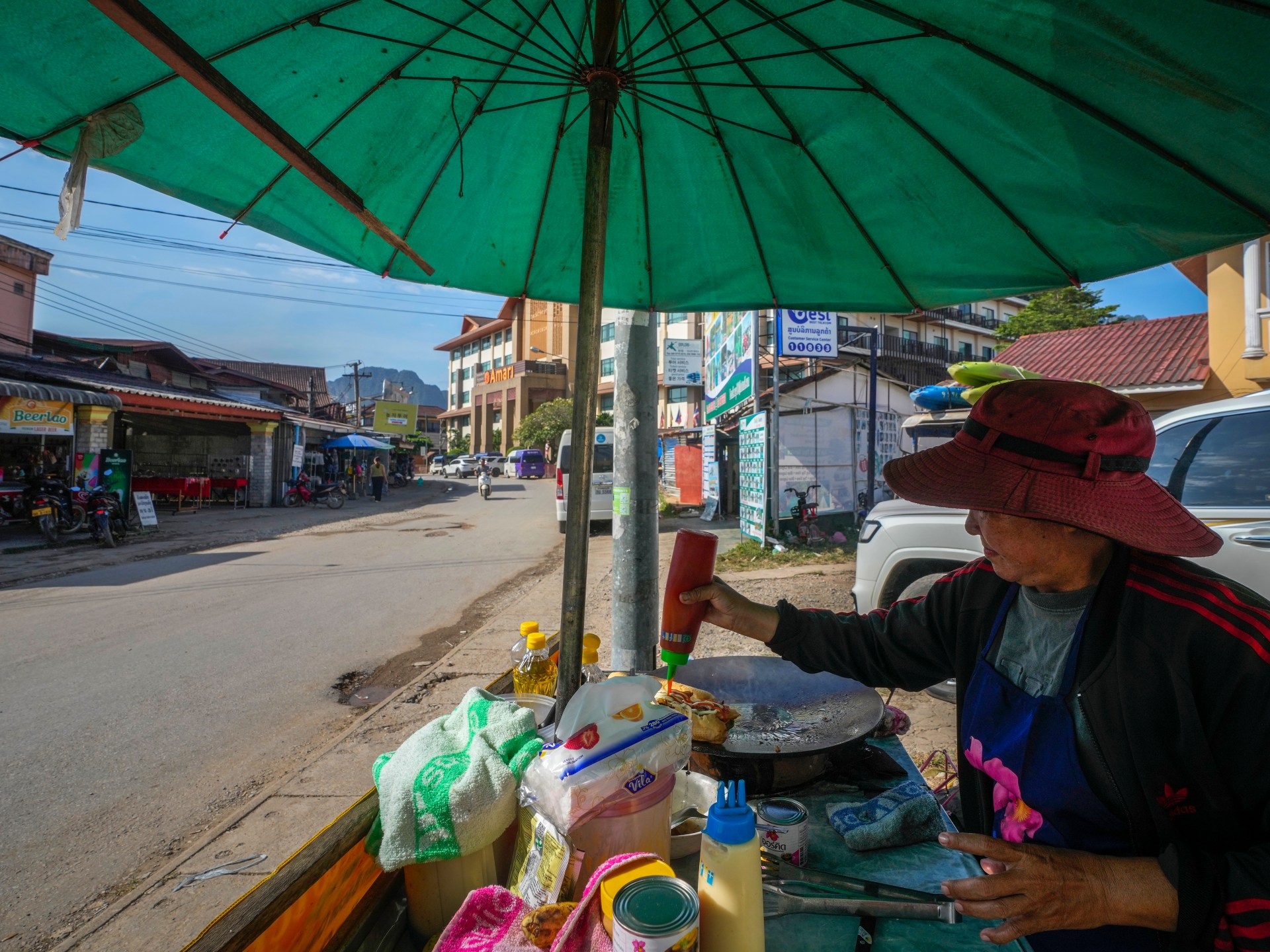Around two billion people worldwide suffer from some form of undernutrition, sparking debate among researchers and policymakers about how to improve the diet and nutrition of vulnerable populations.
A new study published in the journal Nature Food challenges the conventional wisdom that the production of plant diversity by farmers (food production diversity or FPD) is the main route to addressing nutritional deficiencies.
So, what is the link between dietary diversity and individual and household nutrition? And will access to markets make it possible to fight against malnutrition?
What does the new study say?
The study from the Center for Development Research (ZEF) at the University of Bonn, Germany – a first of its kind – collected data on almost 90,000 households in Africa between 2008 and 2022 in Ethiopia, Malawi , Niger, Nigeria, Tanzania and Uganda.
It recommends that building better roads providing access to markets in local towns can better address nutritional deficiencies.
“We show that regional production diversity is important and can replace individual agricultural production diversity in many situations,” Professor Matin Qaim, from ZEF, told Al Jazeera.
“This is good news because it is much easier to ensure that additional plant and animal species are produced somewhere in the region (and then distributed through local markets) rather than pushing each individual small farm to produce more in addition to cash,” he explained.
The researchers studied the variety of crops and animal species tended by farmers, as well as detailed data on the types of foods consumed within each household. The study uses the Household Dietary Diversity Score (HDDS) to measure the nutritional variety of a family’s diet by counting different food groups consumed over a one-week period. This measure provides insight into the range and quality of foods that households have access to, providing insight into their eating habits and nutritional status.
Most of the farmers studied were small producers, called smallholders or agricultural producers who operate on a limited scale.
The main questions the researchers wanted to answer were whether producing a diversity of crops and animal species among smallholder farmers was the most effective way to combat undernutrition, and whether households with access to these farms had a more balanced diet.
Unfortunately, the results are mixed, as research shows.
“Producing too many different things on each farm means that farmers would be forced into subsistence farming and would not be able to benefit from any division of labor. But we also show that market access – for example improving infrastructure – is very important,” Qaim said.
What are the limits of older studies on dietary diversity?
The existing body of research examining the relationship between food production diversity and dietary diversity suffers from several limitations.
As noted in the Nature Food study, the narrow focus on production diversity at the farm level or in a single country overlooks the potential influence of broader-scale diversity on household dietary habits. in different countries.
Addressing these gaps could help researchers better understand the complex interplay between agricultural production and nutritional outcomes. Although the diversity of local farms resulted in a more balanced diet for some households, it had a minor effect.
“Small-scale agricultural production in Africa tends to be very diversified anyway. Ensuring good access to local and regional markets is more important than further improving diversity on each farm,” said ZEF researcher Thanh Tung Nguyen, who conducted the study with Qaim.
“These markets not only allow farmers to sell their surplus food, but also to buy the food they lack,” he said during a public conference. statement.
Inadequate infrastructure remains a significant obstacle, as poorly maintained roads can lead to prolonged travel times, leading to deterioration or damage to products during transport.
Proximity to urban centers, which serves as an indicator of market accessibility costs in rural Africa, had a negative effect in all six countries. According to the study, the average household is located approximately 31 km (19 miles) from the next urban center.
How can we better address food insecurity?
Research suggests that the ability of local farmers to grow the right crops and raise the right animals, known as FPD, is part of the problem. However, FPD is not the only challenge to household diets, as measured by the Household Dietary Diversity Score (HDDS).
“Weather shocks – defined as the occurrence of a drought, flood, hurricane or related extreme event in the past 12 months – are negatively associated with HDDS,” the study said.
“Several other socio-economic characteristics are positively associated with HDDS. The production of non-food cash crops – such as cotton, coffee, tea or tobacco – on own farms appears to contribute to greater household dietary diversity through positive effects on monetary income.
Qaim, the researcher, says: “Issues of nutritional resilience to climate and other types of shocks, and the role of clean production versus markets in this regard, are not yet sufficiently understood. »
Researchers said the seasonality of some fruits and vegetables deserves more attention. To maximize agricultural efficiency and economic potential, farmers should prioritize growing crops that thrive in their region and specific soil conditions, optimizing both productivity and profitability, the study recommends .
Currently, efforts are being made to resolve the problem of accessibility of food infrastructure. In 2016, the United Nations Office for Project Services (UNOPS), dedicated to implementing humanitarian and development projects, launched a $55 million (US$44 million) feeder roads project. pounds sterling) in South Sudan to improve trade and food security.
In November, the Nyamlel Bridge was handed over to Sudan along with 44 km of feeder roads, including drinking water stations and sanitation systems in Northern and Western Bahr el Ghazal states. The construction of the bridge affected – and aimed to help – 1.2 million people in the region.









